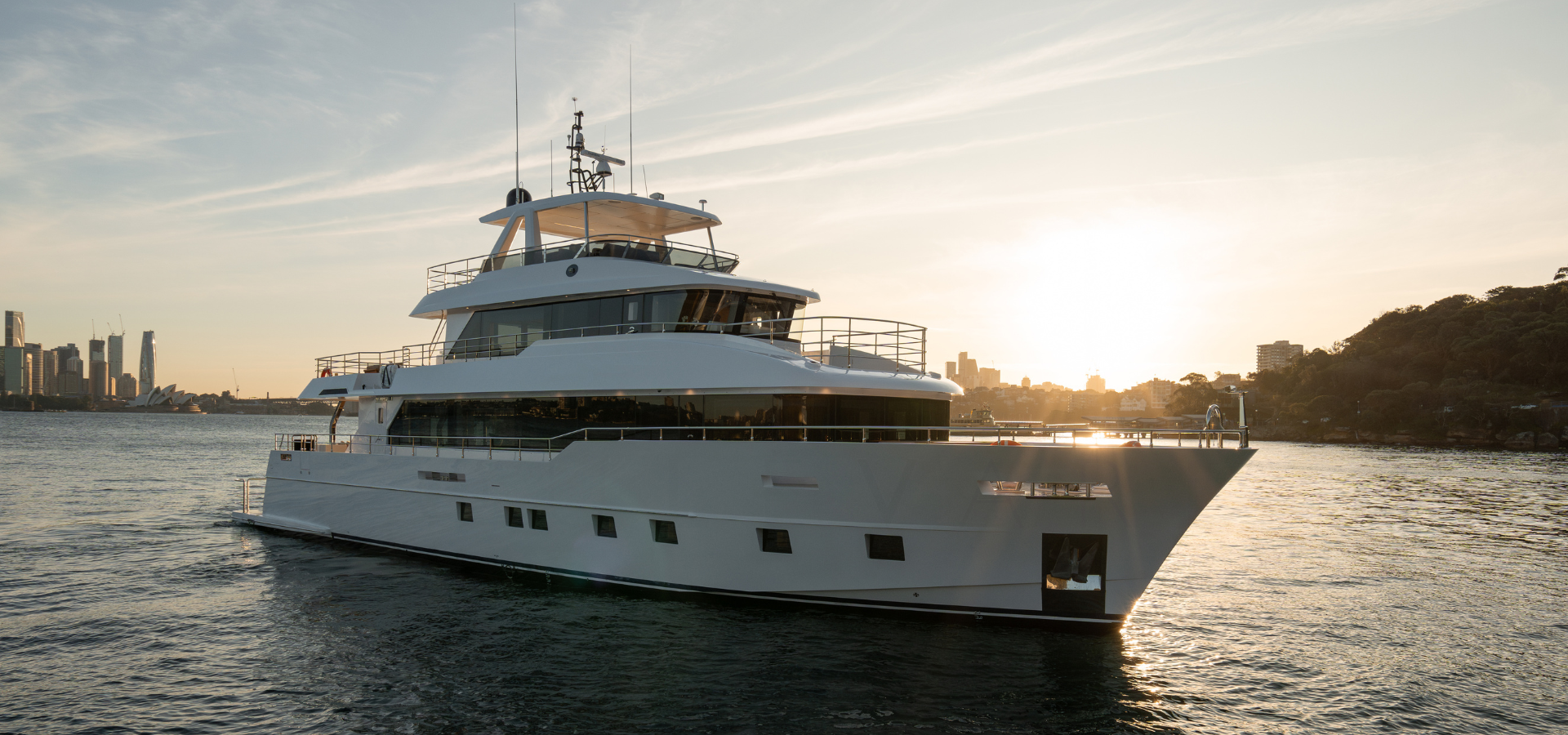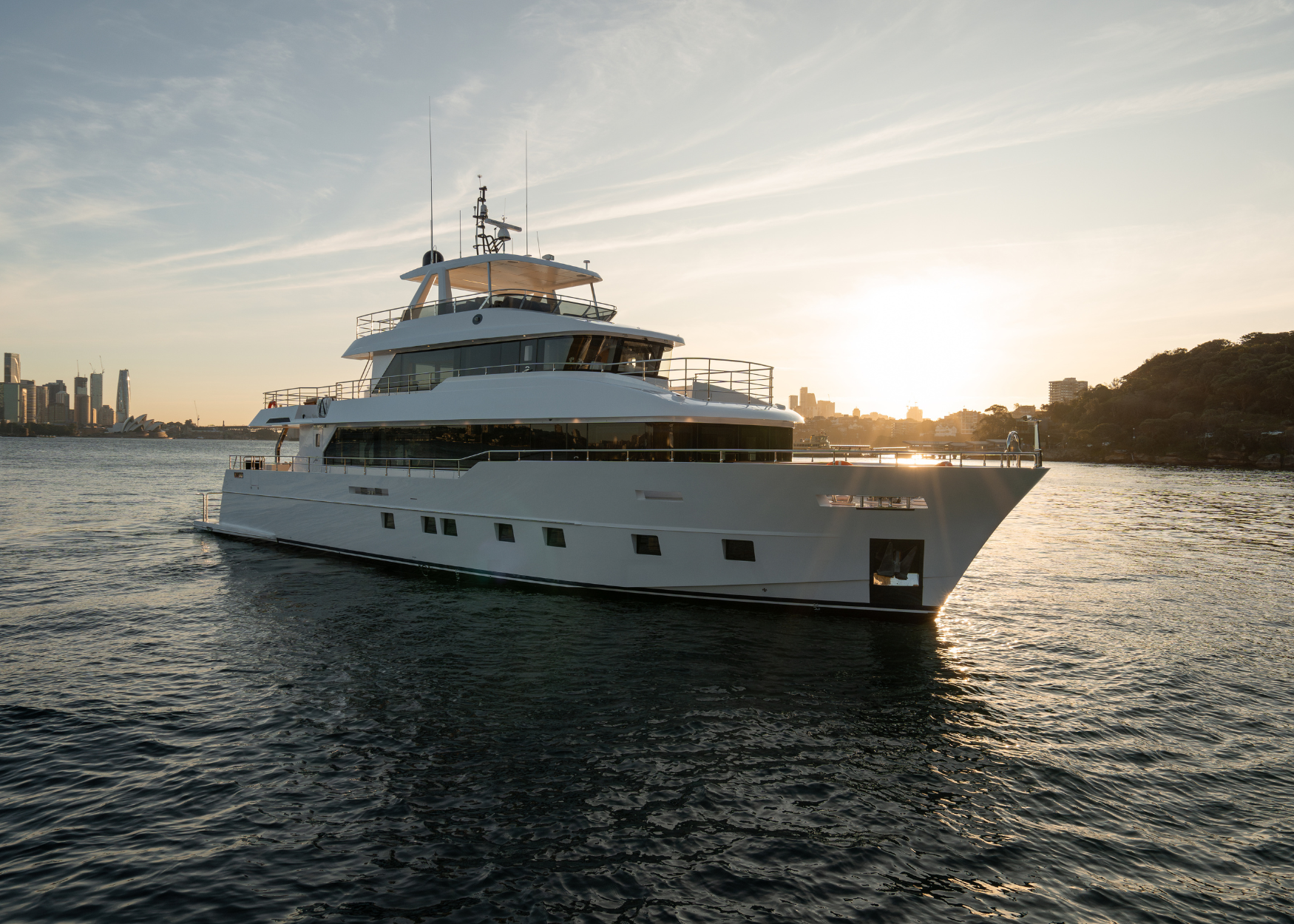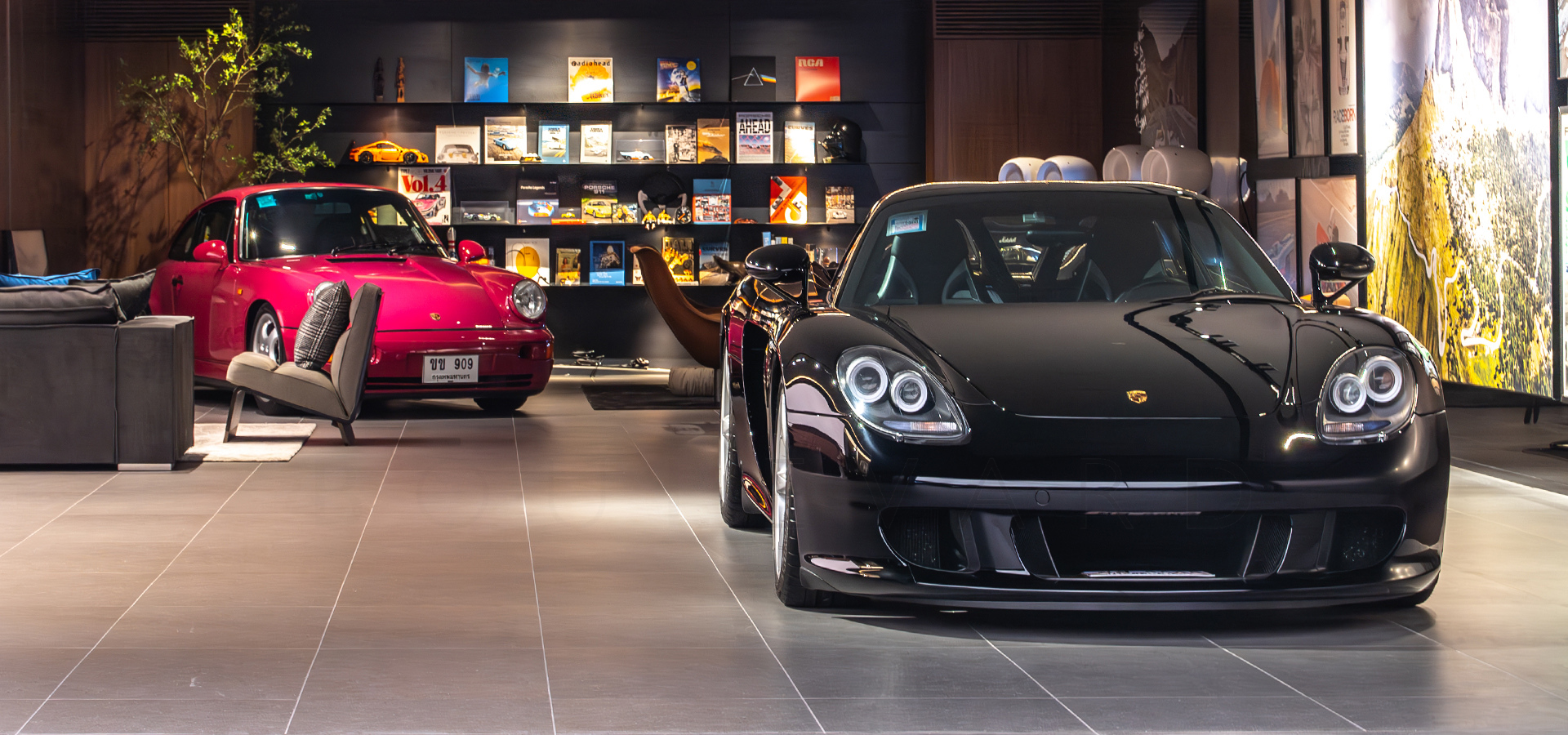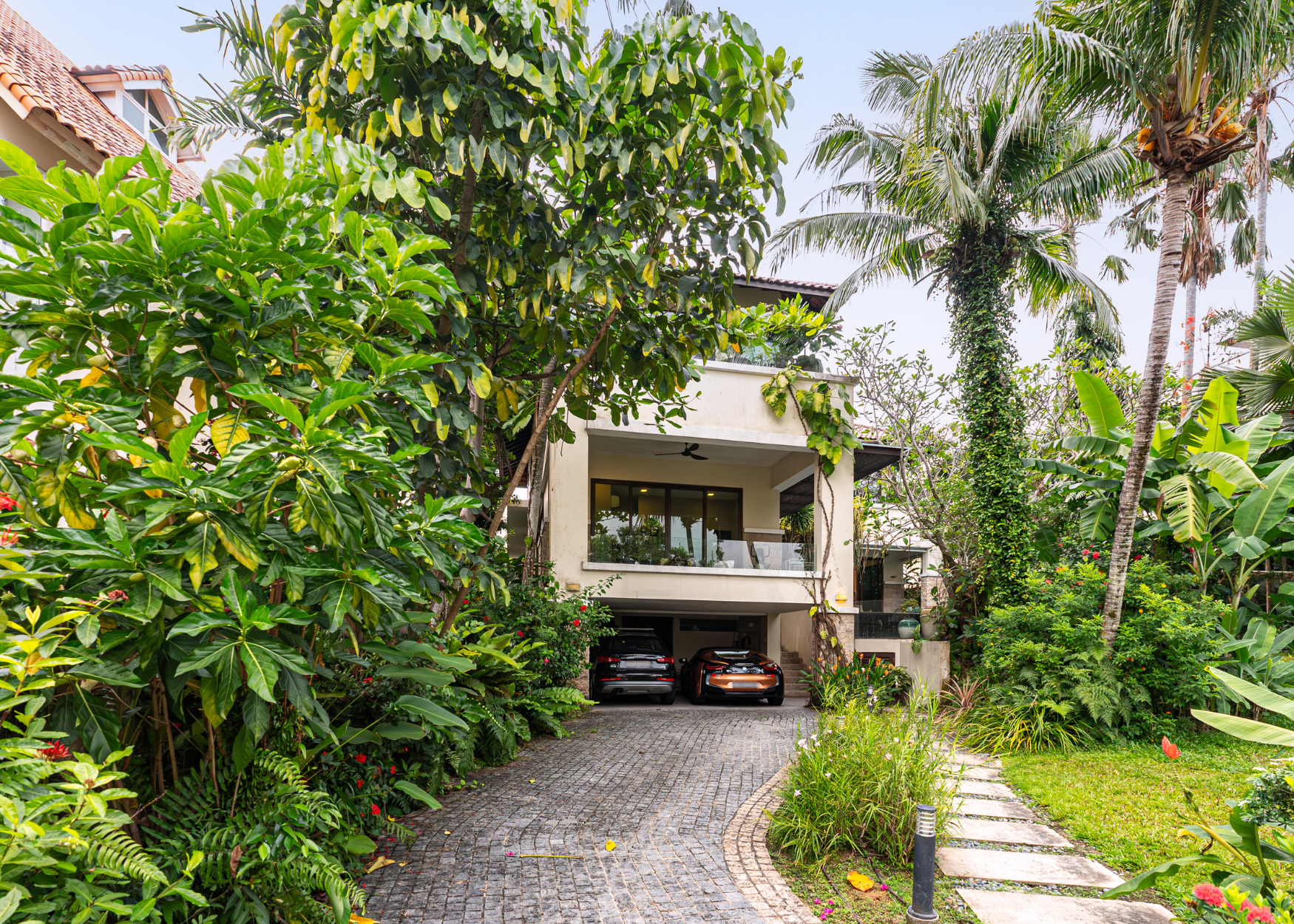The interview: Gulf Craft’s Mohammed Hussein Alshaali on blending bespoke design with family-focused yachting
by Hamish McDougall
Founded in 1982, Gulf Craft is a premier UAE-based yacht manufacturer, renowned for its award-winning superyachts, adventure vessels, and luxury leisure yachts. Its portfolio spans four core brands—Majesty, Nomad, Oryx, and Silvercat—offering clients everything from multigenerational family cruisers to high-performance monohulls and catamarans, all designed and built in-house with fully customisable interiors and layouts.
In this interview with Boulevard, Gulf Craft chairman and founder Mohammed Hussein Alshaali shares insights into the Nomad line, explaining how the brand caters to families and adventure-minded owners seeking bespoke, flexible yacht designs. He also discusses how clients use their vessels around the world, the growing trend of owner-operated yachts, and how Gulf Craft balances luxury, functionality and private, immersive experiences at sea.
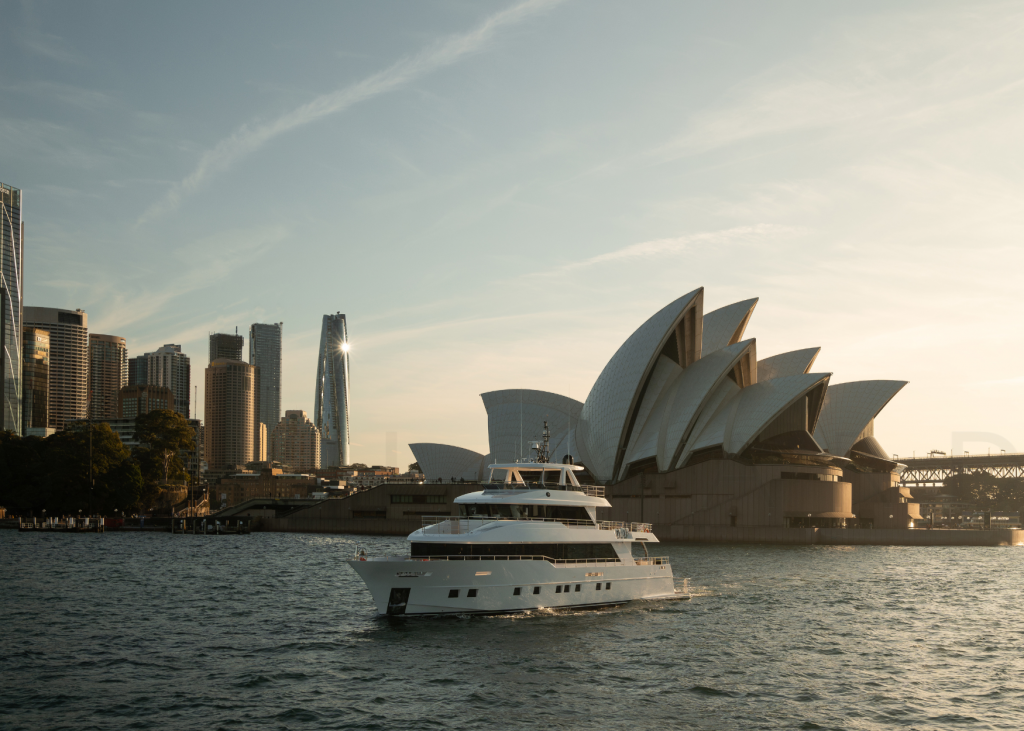
Boulevard: Tell us about Gulf Craft and the brands within that.
Mohammed Hussein Alshaali: So, Gulf Craft manufactures yachts in the UAE. We’ve been building yachts and boats since 1982 across four core brands: Majesty, Nomad, Oryx, and Silvercat.
I’m going to take you through Nomad 101. To tell you a little more about the shipyard itself, as I mentioned, we’ve been building boats since 1982. Majesty is our award-winning superyacht brand. Nomad is our adventure yachting line, designed for people who want to discover new coastlines and explore new areas. It’s perfect for this part of the world, with its many island options and remote destinations, allowing families to spend as much time on board and on the water as possible.
Then we have our leisure lines: Silvercat and Oryx. Silvercat features a catamaran hull, while the Oryx series is a more traditional monohull cruiser. Right now, we’re on the Nomad 101, specifically in the main deck salon and dining area. One thing we are very proud of at Gulf Craft is that we are a vertically integrated shipyard. Everything you see, from the floors to the ceilings, is built in-house and fully customisable for each client.
On this particular Nomad 101, the owner opted for natural tones, keeping the interior light and bright. But we can also switch to dark woods, marble floors, white marble, dark marble—whatever the client wants is possible.
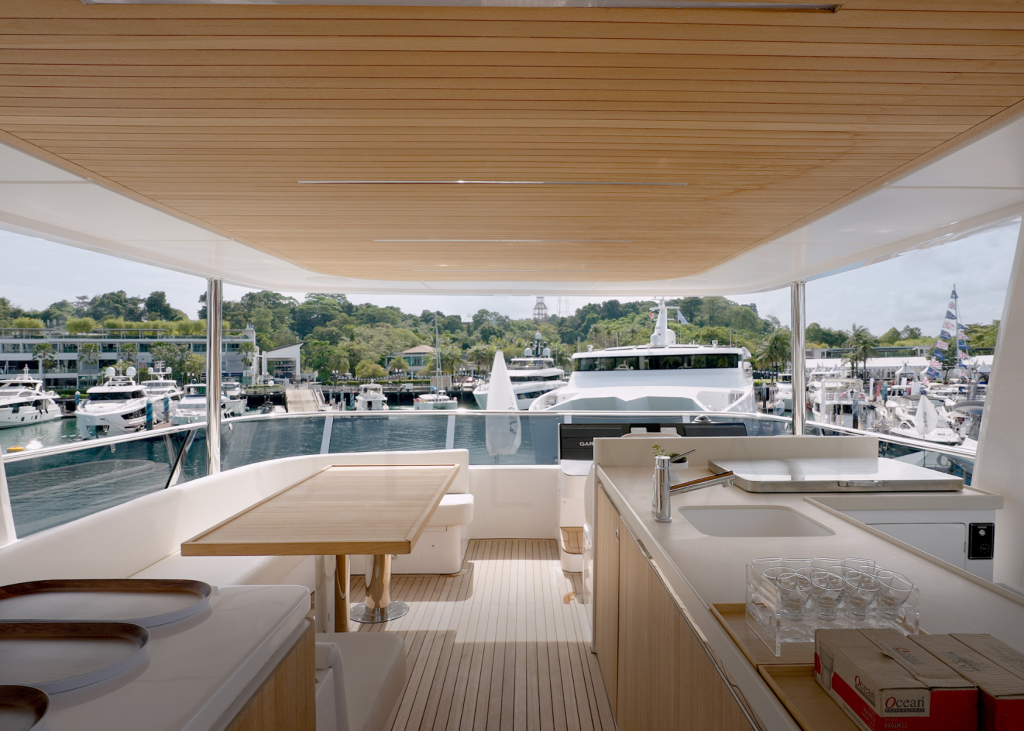
Blvd: In terms of the layout, how much customisation goes on?
Alshaali: So the layout has to stay within certain restrictions. Traditionally, on the main deck of the Nomads, you have the salon, dining room, and galley. The galley can be converted into a fully open galley if needed, or into a fully stainless-steel galley, for example.
So the layout itself remains relatively the same; it’s more about how the owner wants to use the spaces. For example, we’ve had owners of the Nomad 101 who completely reconfigured the main deck stateroom, which is located at the front.
One of our owners with the same yacht converted the space from a stateroom into more of a lounge area. Personally, I prefer it as a stateroom because it makes the most sense. The surrounding views are beautiful, and you essentially have your own private terrace. There’s a door just behind you that leads to the private bow terrace. You also have a recessed TV that disappears seamlessly, and the ensuite is quite generous in size as well if you’d like to take a look.

Blvd: And in terms of use cases, I presume clients in different geographies use the yacht differently—some primarily for business and others for leisure?
Alshaali: Correct. In this part of the world, the reason our other owner converted this space into more of a lounge was because he used it for board meetings in a private setting. We’ve noticed a growing demand here for creating more private areas on board. One of the advantages of the Nomad line is that no matter the size, all models feature a fully enclosed flybridge on the upper deck. This allows for all-weather cruising throughout the year, which is especially important in this region where rain can be unpredictable and temperatures change quickly. Owners need spaces that work in all conditions—rain, heat, or strong sun.

Blvd: In terms of brand positioning, points of difference, and the profile of your buyers, why are clients choosing the Nomad brand?
Alshaali: For us, Nomad is designed first and foremost for families. We hear a lot of feedback that many superyachts on the market aren’t created with families in mind. What we’ve noticed is that Nomad owners tend to be multigenerational families—grandparents, parents, and children who want to spend time together on one vessel.
Stereotypically, the Majesty yacht brand appeals to clients who enjoy going from port to port or marina to marina and prefer a more socially active lifestyle. Nomad, on the other hand, attracts couples or families who want to be more remote and enjoy their own space. They want to spend time on the water paddle boarding, kayaking, or visiting quiet areas. Many of our shoots take place in the mangroves around the UAE, which really reflects the private, nature-oriented experience Nomad offers.
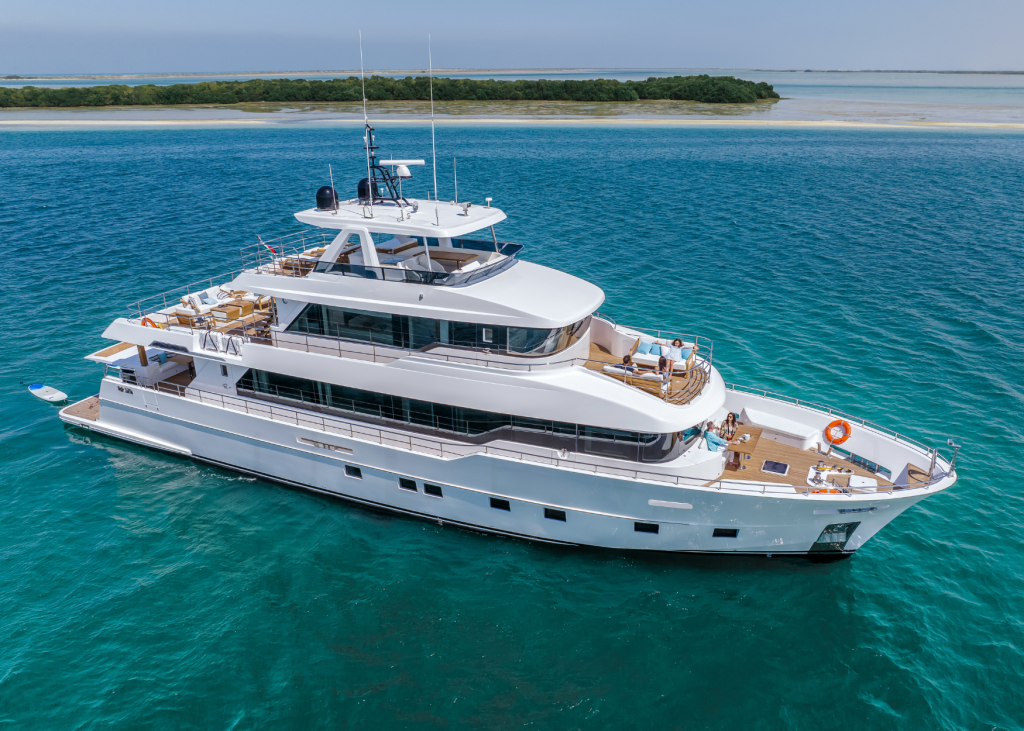
Blvd: In terms of usage, how many owners tend to operate the yacht themselves versus hiring a full crew?
Alshaali: Interestingly, we’re seeing a strong trend of clients who traditionally owned larger yachts now choosing to downsize. That’s partly because there are so many new yachts entering the market, while crew training hasn’t fully kept pace. So owners are opting for vessels that are easier to manage.
At the same time, we still see clients who want to upgrade because they enjoy the experience of operating their own yacht and want to expand. Ultimately, it depends on how they plan to use the vessel—whether for private enjoyment, charter, or business. It really varies from owner to owner.
Read next:
